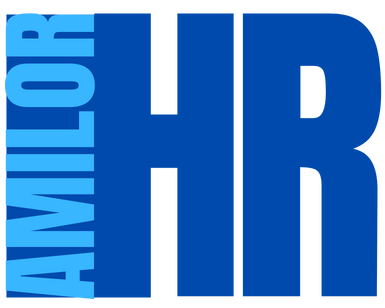In the ever-changing world of human resources, skills and career management occupy a central place. Two major approaches have emerged in recent years: GPEC and GEPP. Understanding their nuances is essential to optimizing human capital management within companies. Let’s take a look at the specific features of these two methods and their implications for the future of talent management.
From GPEC to GEPP: changes in the legal framework
Gestion Prévisionnelle des Emplois et des Compétences (GPEC) has long been the spearhead of HR strategy in France. Introduced by the Borloo law of 2005, then reinforced by the Rebsamen law of 2015, it aimed to anticipate companies’ skills needs over the long term. However, with the acceleration of economic and technological change, a new paradigm was needed.
It was against this backdrop that the Macron ordinances of 2017 introduced Gestion des Emplois et des Parcours Professionnels (GEPP). This transition marks a fundamental change in the approach to human resources management. GEPP is part of a more dynamic logic, better adapted to contemporary labor market issues.
The table below summarizes the main legal differences between GPEC and GEPP:
| Aspect | GPEC | GEPP |
|---|---|---|
| Legal framework | Borloo Law (2005), Rebsamen Law (2015) | Ordonnances Macron (2017) |
| Negotiation frequency | 3 years maximum | Up to 4 years |
| Scope of application | Companies with 300 or more employees | Companies with 300 or more employees, groups with at least 300 employees, Community-scale companies with at least 150 employees in France |
This legislative change reflects the need to transform human resources to meet the challenges of the 21st century.
Objectives and implementation: the specifics of the PPIM
GEPP differs from GPEC in its more holistic approach and its focus on the individual. It aims to promote internal mobility and develop employees’ employability, while taking into account the challenges of the ecological transition. This new orientation is reflected in several lines of action:
- Emphasizing individual employee support
- Encouraging continuous training rather than one-off vocational training
- Promoting a transversal vision of skills within the company
- Integrating the challenges of the ecological transition into career management
The implementation of an effective PPIM generally requires the use of specialized digital tools, such as HRIS (Human Resources Information System) software. These solutions enable finely-tuned, reactive skills management, making it easier to adapt to rapid changes in the job market.
One of the innovative aspects of PPIM lies in its ability to reinforce employees’ duty of employability, including for projects outside the company. This approach reflects a broader vision of professional careers, going beyond the strict framework of the current organization.

Impact on talent management and skills development
The shift from GPEC to GEPP has profoundly altered the way companies approach talent management. Whereas GPEC focused on long-term planning of skills requirements, GEPP adopts a more flexible and adaptive approach. This evolution can be seen in several key aspects:
1. Greater flexibility: PPIM enables companies to adapt more rapidly to technological and economic change, by promoting dynamic skills management.
2. Focus on career paths: The focus is on the continuous development of employees, encouraging a long-term vision of their careers within and outside the company.
3. Emphasis on soft skills: GEPP places increasing importance on cross-functional skills, which are essential in a constantly changing business environment.
4. Integrating societal issues: Taking account of the ecological transition in skills management reflects a more global and responsible approach to talent development.
This new approach requires close collaboration between HR departments and operational managers. It also implies an overhaul of selection and recruitment processes, in order to identify not only candidates’ current skills, but also their potential for development.
Future prospects for human resources management
The move from GPEC to GEPP marks a significant turning point in human resources management. This transition opens up new prospects for the future of the world of work:
Greater personalization: PPIM encourages a more individualized approach to professional development, enabling each employee to chart his or her own career path.
Organizational agility: By promoting internal mobility and continuous skills development, GEPP helps to create more adaptable and resilient organizations.
Shared responsibility: Skills development becomes a shared responsibility between employer and employee, fostering a mutual commitment to career management.
HR innovation: PPIM stimulates innovation in HR practices, notably through the use of advanced technologies for skills monitoring and development.
Ultimately, the transition from GPEC to GEPP reflects a profound change in the way we view work and careers. It prepares companies and employees for a future where flexibility, continuous learning and adaptability will be the keys to professional success. This new approach to human resources management promises to bring about a lasting transformation of the working landscape, placing the individual and his or her development at the heart of organizational strategies.

